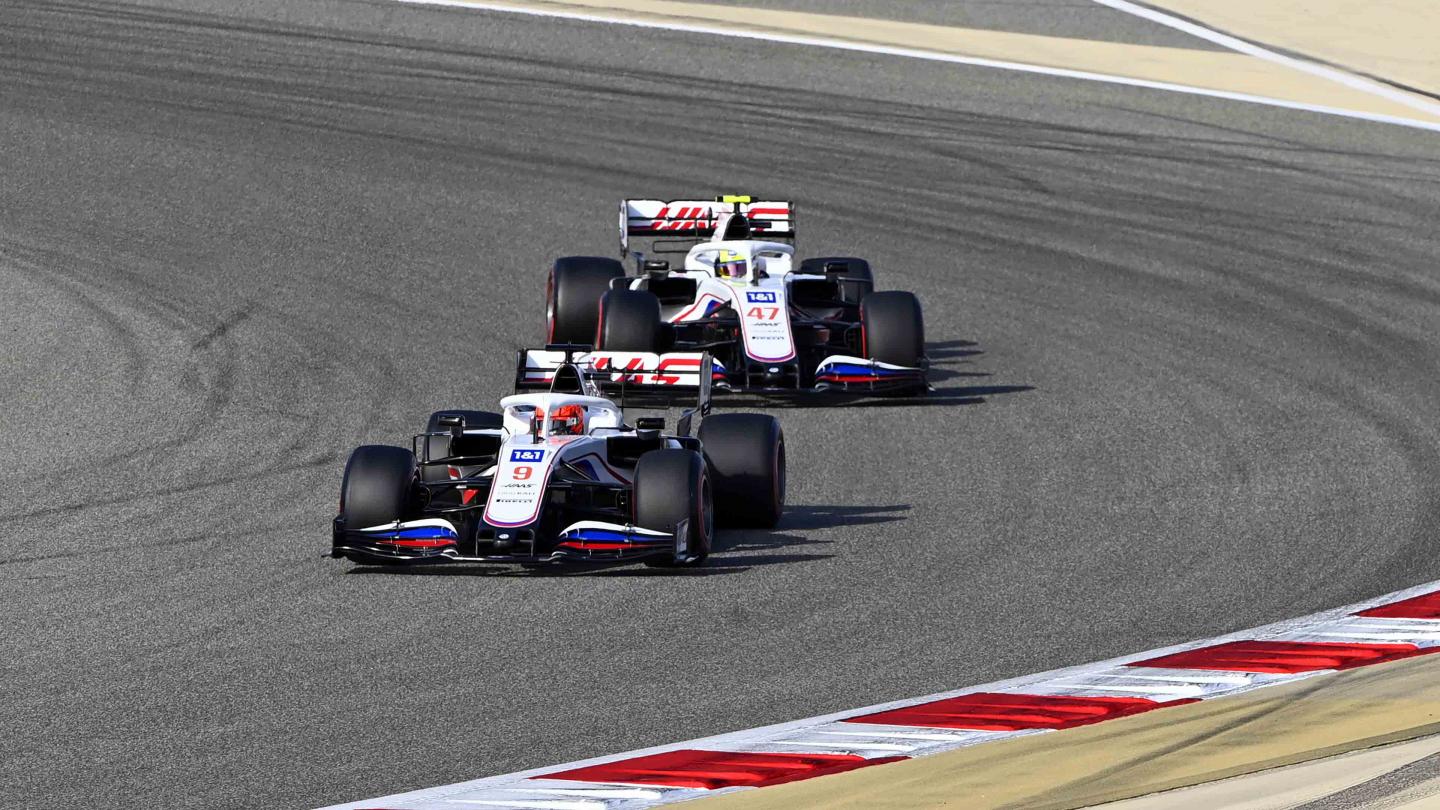Emilia Romagna Grand Prix: Preview
April 13, 2021
Uralkali Haas F1 Team is heading to Italy, and to the Autodromo Internazionale Enzo e Dino Ferrari, for round two of the 2021 FIA Formula 1 World Championship, the Emilia Romagna Grand Prix.
The circuit, more commonly referred to as Imola in deference to the adjoining town, reappeared on the pandemic-hit schedule in 2020 following a 14-year hiatus. Its comeback was well-received by Formula 1’s stakeholders, teams and drivers alike, and while its retention initially appeared a longshot, organizers ultimately secured a spot on the 2021 calendar.
Following last year’s presence on a fall date Imola this season returns to its more traditional spring berth, having featured in that slot from 1981 through 2006, when it was known as the San Marino Grand Prix. Now named after the Emilia Romagna region in which Imola is located, it will be the fourth round held in Italy across just an eight-month span, following last year’s events at Monza, Mugello and Imola.
The 4.9km circuit provides a number of challenges for teams and drivers. The presence of several low and medium-speed complexes, with high kerbs, places an emphasis on stability and traction while the lengthy full-throttle run from Rivazza to Tamburello means achieving a high top-end speed is also of importance. The narrow nature of the old-school circuit, and infrequent heavy braking zones, also puts the spotlight on qualifying and race strategy, with track position favored owing to the difficulty of drivers being able to pass.
For rookies Nikita Mazepin and Mick Schumacher, it will be their first experience of Imola behind the wheel of a Formula 1 car – though they have both previously raced at the venue. Mazepin competed in the European Formula 3 Championship in 2016 while Schumacher was victorious at Imola in the Italian Formula 4 category, also in 2016.
Mazepin and Schumacher are seeking to build on the experience gathered through the course of their debut Formula 1 race weekends in Bahrain and put some of the early lessons into practice at the historic circuit.

Guenther Steiner, Team Principal
One race down – 22 to go. What was your take on the team’s performance at the season-opening Bahrain Grand Prix and specifically how Nikita and Mick worked through their race weekend debut?
“Well, the performance of the team and the car – we know what that will be. So, the expectations were not high, at least results-wise. I think the two drivers did a good job over the course of the weekend. Obviously, in the race Nikita spun out and damaged the car, and Mick spun once too – but the whole weekend for them was a learning phase. We need to do more of it, and as many laps as possible, with all that we’ll be fine. It was one weekend from 23. We need to get better and better, work on getting more laps in, and keep learning – that’s the mission.”
Do you think people underestimate how big a challenge it is for a team to start afresh with a brand-new driver line-up? What are the specifics of your role in ensuring the drivers feel comfortable within the team? How hands on are you in that management process?
“It is quite a big challenge. Formula 1 is a very difficult sport, but we knew the challenge, therefore there’s no big surprise. We decided to do this, and we need to get through it. I just try to see it that the drivers feel comfortable – I don’t try to micromanage them. They have their engineers and they need to work with them on a day-to-day basis, or more accurately on an hour-to-hour basis, not with me. For sure though, in the beginning, I will be well-informed what is happening and try to see where I may need to intervene. I’m not doing the job myself; I’ve got good people working for the team which know how to do the job better than me. I just observe what is happening. If there’s a problem I’m there to ask what it is and then I see if I need to do something.”
Reflecting on what you witnessed on-track in Bahrain through testing and subsequently into the race weekend – is there anything that stands out for you in terms of the competition or has the grid taken shape as you expected it to?
“A very short answer. The grid looked exactly as I expected it to after testing. I think we’ll see a fight between Red Bull and Mercedes for wins this season.”
Looking ahead to Imola – on the last visit the team had no historical point of reference at the circuit given Formula 1 hadn’t raced there previously in the brief history of Uralkali Haas F1 Team. A little over five months later and we’re returning to the circuit. Is having that recent track knowledge more useful as a benchmark to evaluate the drivers on their learning curve or from an engineering perspective in terms of car set-up – or is it both?
“It’s mainly useful in the car set-up. Even if the cars haven’t changed a lot, they have still changed with the aero regulations, so there is a difference. It’s always good to have been at a race track. Everything you know, and what you’ve learned, it’s all useful. The more you’ve been the better it is. For sure it will help the team and our rookie drivers.”